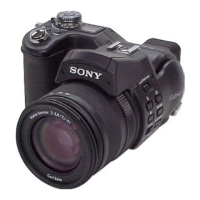
Do you have a question about the Sony DSC-F828 and is the answer not in the manual?
| Sensor Type | CCD |
|---|---|
| Sensor Size | 2/3 inch |
| Effective Pixels | 8.0 megapixels |
| Lens | Carl Zeiss Vario-Sonnar T* |
| Optical Zoom | 7x |
| Digital Zoom | 2x |
| Shutter Speed | 30 - 1/3200 sec |
| LCD Screen Size | 1.8 inches |
| LCD Screen Resolution | 134, 000 pixels |
| Viewfinder | Electronic |
| Dimensions | 134 x 91 x 156 mm |
| Weight | 906 g (including battery) |
| Image stabilization | No |
| Release date | 2003 |
| Focal Length | 7.1 - 51 mm (35mm equivalent: 28 - 200 mm) |
| Maximum Aperture | f/2.0-2.8 |
| Storage Media | CompactFlash, Memory Stick |
| Battery Type | NP-FM50 InfoLithium |
| ISO Sensitivity | 100, 200, 400 |
Details on image device, lens, exposure control, white balance, file format, recording medium, and connectors.
Identifies critical components for safe operation and replacement guidelines.
Post-repair checks to ensure safe operation before releasing the set to the customer.
Instructions for charging the camera's battery pack using the AC adaptor.
Steps for inserting and removing Memory Stick, Microdrive, or CF cards.
Guidance on using scene modes for optimal image quality in various situations.
Procedures for deleting individual or multiple images from the camera.
Steps for formatting memory cards to prepare them for recording.
Using program auto mode for automatic exposure adjustments.
Manual control over shutter speed for motion effects.
Manual control over aperture for depth of field effects.
Manual adjustment of both shutter speed and aperture.
Locking exposure settings to maintain consistent exposure.
Capturing multiple exposures to ensure correct brightness.
Choosing different flash modes for various lighting situations.
Correcting color casts by adjusting white balance settings.
Using multi burst mode for continuous shooting.
Recording images in RAW format for maximum post-processing flexibility.
Recording images in uncompressed TIFF format for high-quality printing.
Methods to prevent accidental erasure of important images.
Designating images for printing via DPOF or PictBridge.
Steps for connecting the camera to a PictBridge-compliant printer.
Instructions for capturing movies with audio.
Steps for transferring images to a Windows PC.
Guide to installing the necessary USB driver for computer connection.
Common problems related to battery charging, life, and power.
Troubleshooting for display, focus, and image quality issues.
Solutions for issues encountered during movie recording and playback.
Resolving problems with USB connection, driver installation, and software.
Explanation of warning messages and corrective actions.
Important guidelines for handling the camera and preventing damage.
Detailed technical specifications for the camera, adaptor, and battery.
Table indicating adjustments required after replacing specific components.
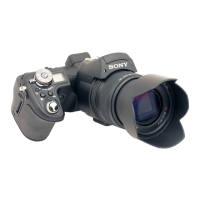


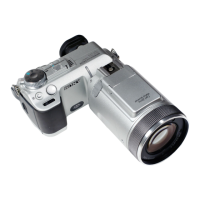


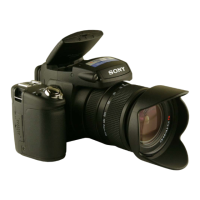


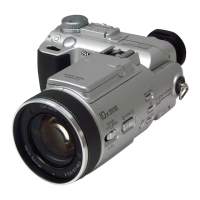
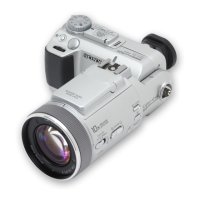
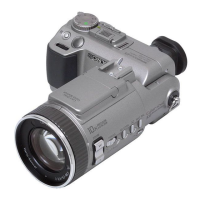
